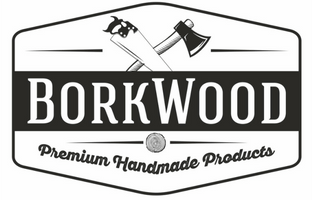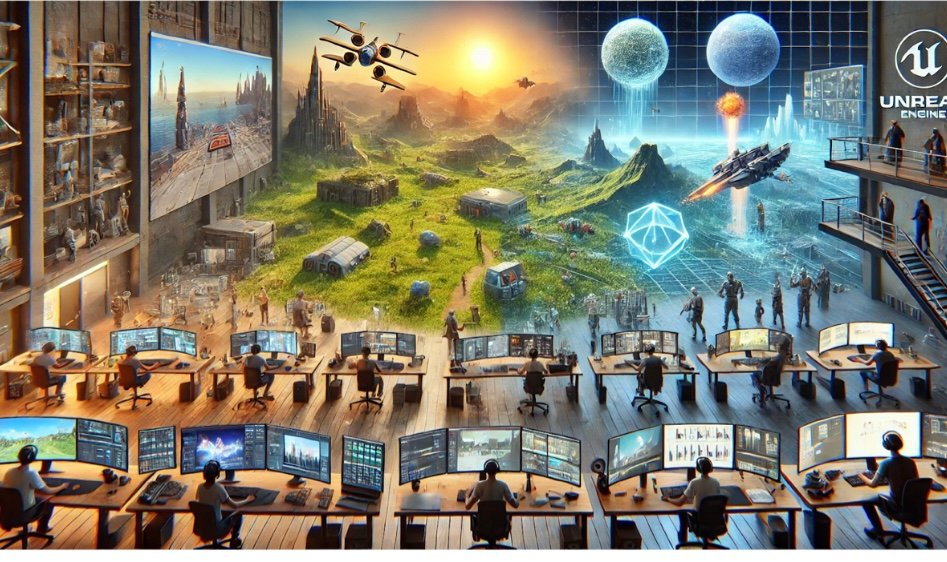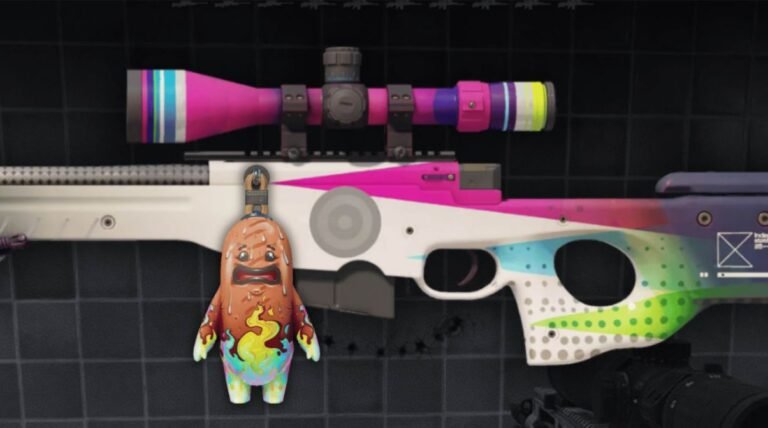The Evolution of Game Environment Design: How 3D Artists Shape Immersive Worlds
Video games have come a long way from simple 8-bit landscapes to hyper-realistic and immersive game environments. Today, game environment design services play a crucial role in storytelling, gameplay, and player immersion. From fantasy realms to post-apocalyptic wastelands, the artistry behind game environments sets the tone and atmosphere for a compelling experience.
The evolution of 3D game environments is largely credited to advancements in technology and the expertise of skilled 3D artists. With tools like Unreal Engine, Unity, and Blender, artists can now create visually stunning and highly detailed environments that blur the line between reality and virtual worlds.
In this blog, we’ll explore how game environment design has evolved over the years and the impact 3D artists have in shaping modern game worlds.
The Early Days of Game Environments: From Pixels to Polygons
The origins of game environment design can be traced back to early 2D pixel based games such as Pac-Man 1980 and Super Mario Bros. 1985. These environments were simplistic, often composed of tiled backgrounds and static elements. However, as gaming hardware improved, developers started experimenting with 3D environments in the early 1990s.
The Transition to 3D Graphics
The introduction of 3D graphics in the mid-90s was a game-changer. Titles like Quake 1996 and Tomb Raider 1996 showcased polygonal environments that allowed players to navigate fully rendered worlds. Despite their low-poly look, these games laid the foundation for more sophisticated game environments.
With the launch of the PlayStation 2, Xbox, and GameCube, developers gained access to improved rendering capabilities. Games like The Legend of Zelda: Ocarina of Time 1998 and Grand Theft Auto III 2001 introduced open-world environments that gave players unprecedented freedom.
Modern Game Environment Design: Creating Immersive and Realistic Worlds
Fast forward to today, and game environment design has reached new heights. Modern 3D artists leverage advanced software, photogrammetry, and AI-driven tools to create hyper-detailed landscapes.
Key Innovations in Modern Game Environment Design
Procedural Generation & AI-Driven Tools
Games like No Man’s Sky 2016 use procedural generation to create vast, explorable worlds.
AI-assisted tools streamline world-building, making environments more dynamic.
Ray Tracing & RealTime Lighting
Ray tracing technology in engines like Unreal Engine 5 enables realistic reflections, shadows, and lighting effects.
Games such as Cyberpunk 2077 2020 and Horizon Forbidden West 2022 utilize real-time lighting to enhance realism.
Photogrammetry for Ultra-Realistic Textures
Many studios use scanned real-world textures to create lifelike environments.
Games like Battlefield V 2018 and Death Stranding 2019 rely heavily on photogrammetry for environmental assets.
Immersive VR & AR Environments
Virtual Reality (VR) and Augmented Reality (AR) games require highly detailed 3D environments to create believable experiences.
Titles like Half-Life: Alyx 2020 set a new standard for VR game environments.
The Role of 3D Artists in Game Environment Design
Behind every immersive game world is a team of skilled 3D artists who bring environments to life. Their responsibilities include:
Conceptualizing and designing landscapes, buildings, and interiors.
Creating realistic textures, lighting, and environmental effects.
Optimizing assets for real-time rendering in game engines.
For game studios looking to create stunning environments, the best approach is to hire 3D artists with experience in industry-standard tools like Maya, Blender, Substance Painter, and Unreal Engine. These professionals ensure that every element, from terrain to props, contributes to a seamless and immersive gaming experience.
Why Hiring Skilled 3D Artists is Crucial for Game Development
If you’re a game studio or indie developer, hiring expert 3D artists can significantly elevate the quality of your game. Here’s why:
- High-Quality Visuals: Professional 3D artists bring a level of detail that enhances the game’s realism.
- Optimized Performance: They create assets that are visually stunning yet optimized for real-time performance.
- Faster Development Cycles: Experienced artists speed up the production process, ensuring deadlines are met.
- Unique & Engaging Worlds: Custom-designed environments set your game apart from the competition.
When planning your next game project, consider working with a specialized game art studio or freelance 3D artists to bring your vision to life.
The Future of Game Environment Design
As technology advances, game environment design will continue to evolve. Some exciting future trends include:
🔹 AI-Assisted World Building – AI will help automate repetitive design tasks.
🔹 Hyper-Realistic Environments – Photorealism in games will push the boundaries of visual fidelity.
🔹 Fully Interactive & Destructible Worlds – Games will feature dynamic environments that react to player actions.
🔹 Seamless Open-World Streaming – Enhanced game engines will allow massive open-world games with no loading screens.
With these innovations on the horizon, the demand for skilled 3D artists will only continue to grow. Whether you’re working on a AAA game, an indie project, or an immersive VR experience, having top-tier 3D environment artists is essential for success.
Conclusion
From the pixelated landscapes of the 80s to today’s ultra-realistic game worlds, game environment design has undergone a massive transformation. Thanks to the expertise of talented 3D artists, games have become more immersive, engaging, and visually breathtaking.
For game studios and developers looking to hire 3D artists, investing in top-tier game environment designers is the key to crafting unforgettable gaming experiences.







